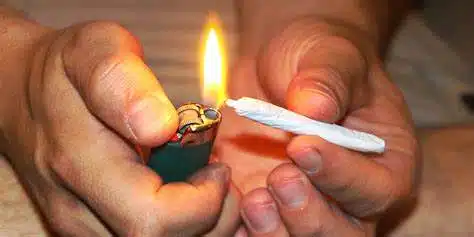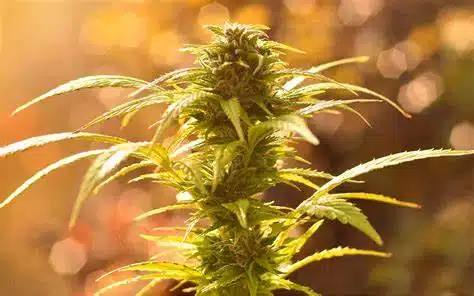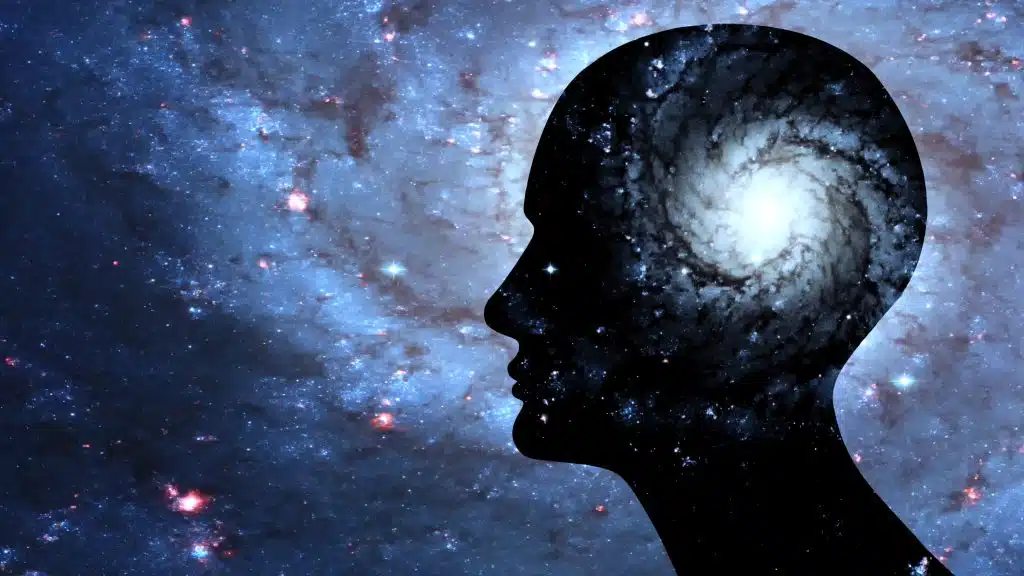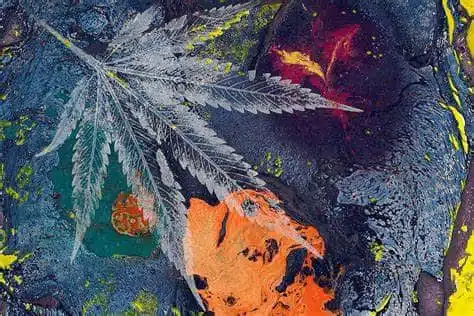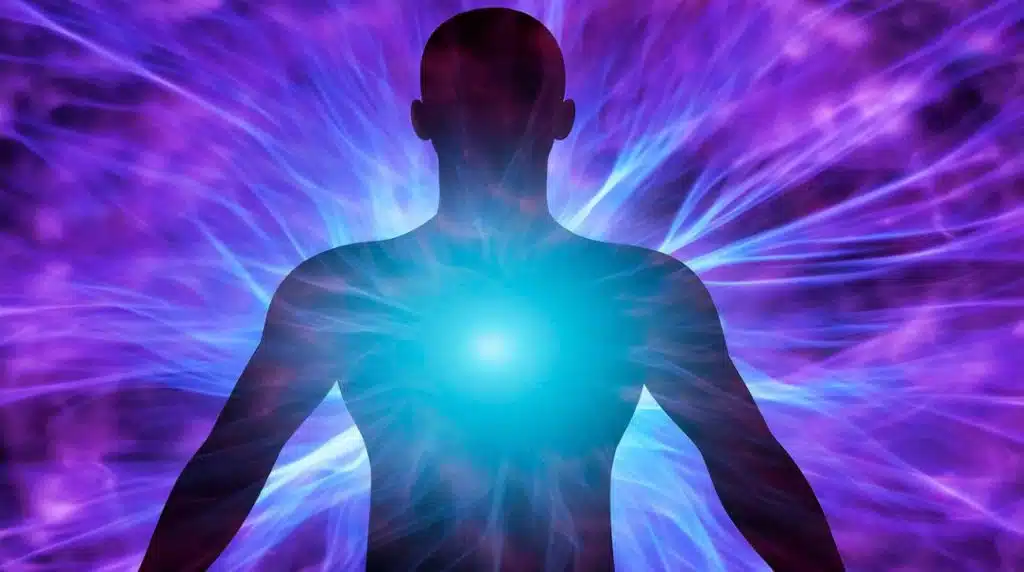Dream Experiences With Weed
Hey there, fellow cannabis enthusiasts! Today, we’re diving into the fascinating world of dream experiences with weed. If you’ve ever wondered how cannabis can influence your dreams or enhance your sleep, you’re in for a treat. In this article, we’ll explore ten intriguing subtopics related to dreams and cannabis. So, grab your favorite strain, get cozy, and let’s embark on this dreamy journey together!
1. The Connection Between Cannabis and Lucid Dreaming
Lucid dreaming, the ability to be aware and control your dreams, has captivated many curious minds. Some individuals claim that cannabis can enhance their chances of experiencing lucid dreams. While scientific research on this topic is limited, anecdotal evidence suggests that certain strains may promote lucidity. So, if you’re interested in exploring the realm of lucid dreaming, consider experimenting with different strains and keeping a dream journal to track your experiences.
2. Indica vs. Sativa: How Different Strains Affect Dream Patterns
We all know that indica and sativa strains have distinct effects on our waking experiences, but what about their impact on dreams? While research is ongoing, some users report that indica strains tend to promote more vivid and relaxing dreams, while sativa strains may lead to more energetic and creative dreamscapes. Remember, everyone’s experience is unique, so don’t hesitate to explore various strains to find the one that resonates with your dream preferences.
3. Cannabis and Dream Recall: Unveiling the Connection
Have you ever woken up from a dream, only to have it slip away from your memory moments later? If so, you’re not alone. Interestingly, some cannabis users claim that the herb can affect dream recall. While the scientific understanding of this connection is still evolving, it’s worth noting that cannabis may influence the way dreams are stored and retrieved in our memory. So, if you’re curious about enhancing your dream recall, consider experimenting with different strains and consumption methods.
4. The Role of CBD in Dream Quality and Sleep
CBD, the non-intoxicating compound found in cannabis, has gained significant attention for its potential therapeutic benefits. When it comes to dreams, CBD may play a role in improving sleep quality. By promoting relaxation and reducing anxiety, CBD could contribute to a more restful slumber, leading to enhanced dream experiences. So, if you’re seeking a cannabis-infused dream journey without the psychoactive effects, CBD-rich strains or products might be your go-to choice.
5. Exploring the Influence of Terpenes on Dream States
Terpenes, the aromatic compounds responsible for the unique scents and flavors of cannabis, may also have an impact on dream states. While research is still in its early stages, some terpenes, such as myrcene and linalool, are believed to possess sedative properties that could potentially influence dream experiences. So, if you’re curious about the interplay between terpenes and dreams, consider exploring strains rich in these specific aromatic compounds.
6. Cannabis and Nightmares: A Potential Therapeutic Approach
Nightmares can be distressing and disrupt our sleep patterns. For individuals experiencing recurring nightmares, cannabis may offer a potential therapeutic approach. Some studies suggest that cannabis, particularly strains high in CBD, may help reduce the frequency and intensity of nightmares. However, it’s essential to consult with a healthcare professional before incorporating cannabis into your routine, especially if you have underlying medical conditions or are taking other medications.
7. The Impact of Cannabis on REM Sleep
Rapid Eye Movement (REM) sleep is a crucial stage of the sleep cycle associated with vivid dreaming. Cannabis has been found to affect REM sleep, potentially altering dream patterns. While some users report suppressed REM sleep and fewer dreams, others claim that cannabis enhances their dream experiences. As the relationship between cannabis and REM sleep is complex, further research is needed to fully understand this intriguing connection.
8. Cannabis and Sleep Disorders: A Promising Pathway
Sleep disorders, such as insomnia and sleep apnea, can significantly impact our well-being. For individuals struggling with these conditions, cannabis may offer a promising pathway to better sleep. Certain strains, with their relaxing and sedating properties, could potentially alleviate symptoms and improve sleep quality. However, it’s crucial to consult with a healthcare professional to determine the most suitable approach for your specific sleep disorder.
9. The Influence of Consumption Methods on Dream Experiences
The way we consume cannabis can also influence our dream experiences. Inhalation methods, such as smoking or vaping, provide a quicker onset of effects, potentially affecting dreams shortly after consumption. On the other hand, edibles and tinctures, with their delayed onset, may lead to dream experiences later in the sleep cycle. So, if you’re curious about the relationship between consumption methods and dreams, consider experimenting with different approaches to find what works best for you.
10. Harnessing the Power of Cannabis for Lucid Dreaming Techniques
Combining cannabis with established lucid dreaming techniques can create a potent synergy. Practices like reality checks, meditation, and visualization can be enhanced by the effects of cannabis, potentially increasing your chances of achieving lucidity in dreams. However, it’s important to approach this combination mindfully and find the right balance that works for you.
The Sleep Cycle: A Brief Overview
Before delving into the effects of cannabis on REM sleep, let’s first understand the sleep cycle. Sleep is a complex process that consists of several stages, including non-REM (NREM) sleep and REM sleep. The sleep cycle typically repeats throughout the night, with each cycle lasting approximately 90 minutes.
During NREM sleep, which encompasses three stages (N1, N2, and N3), the body undergoes restorative processes, and brain activity slows down. N3, also known as deep sleep or slow-wave sleep, is particularly important for physical restoration and growth.
REM sleep, on the other hand, is characterized by rapid eye movements, increased brain activity, and vivid dreaming. This stage is crucial for cognitive functions, memory consolidation, and emotional regulation.
The Effects of Cannabis on REM Sleep
Research on the effects of cannabis on sleep, including REM sleep, is still in its early stages. While some studies have provided insights into the relationship between cannabis and sleep, the findings are not always consistent. Let’s explore the current understanding of how cannabis affects REM sleep based on the available scientific evidence.
Suppression of REM Sleep
One of the most commonly reported effects of cannabis on sleep is the suppression of REM sleep. Several studies have found that cannabis use, particularly in heavy or chronic users, can lead to a reduction in REM sleep duration and frequency.
A study published in the journal “Psychopharmacology” in 2008 examined the effects of THC, the primary psychoactive compound in cannabis, on sleep architecture. The researchers found that THC administration decreased REM sleep and increased NREM sleep, particularly during the first half of the night.
Another study published in “Sleep” in 1975 investigated the effects of THC on sleep in regular cannabis users. The researchers observed a significant decrease in REM sleep duration and an increase in NREM sleep duration compared to non-users.
These findings suggest that cannabis use, especially with higher THC concentrations, may suppress REM sleep and alter the overall sleep architecture.
Rebound REM Sleep
While cannabis use can initially suppress REM sleep, some studies have also reported a rebound effect. This means that after a period of cannabis use, individuals may experience an increase in REM sleep when they stop using the drug.
A study published in “Psychopharmacology” in 2004 examined the effects of THC withdrawal on sleep in regular cannabis users. The researchers found that REM sleep rebounded during withdrawal, with an increase in REM sleep duration and intensity compared to baseline levels.
These findings suggest that the suppression of REM sleep during cannabis use may lead to a compensatory increase in REM sleep when cannabis is discontinued.
Individual Variations
It’s important to note that the effects of cannabis on REM sleep can vary among individuals. Factors such as the dose of cannabis, the frequency of use, the strain, and an individual’s tolerance can all influence the impact on REM sleep.
For example, a study published in “Sleep” in 2008 examined the effects of different THC doses on sleep in healthy volunteers. The researchers found that low doses of THC (15 mg) did not significantly affect REM sleep, while higher doses (30 mg) led to a reduction in REM sleep.
Additionally, individual differences in sensitivity to cannabis and variations in endocannabinoid system functioning may contribute to the variability in REM sleep response to cannabis.
The Implications for Dream Patterns
Given the influence of REM sleep on dreaming, the effects of cannabis on REM sleep can have implications for dream patterns. The suppression of REM sleep during cannabis use may result in fewer and less vivid dreams. Some individuals report a decrease in dream recall or a sense of not dreaming at all while using cannabis.
However, when individuals stop using cannabis, the rebound effect on REM sleep may lead to an increase in dream intensity and frequency. This can result in more vivid and memorable dreams during the withdrawal period.
It’s worth noting that the subjective experience of dreams can vary greatly among individuals. While some may notice significant changes in dream patterns with cannabis use, others may not perceive any noticeable differences.
The effects of cannabis on REM sleep are complex and can vary among individuals. While cannabis use, particularly with higher THC concentrations, has been associated with the suppression of REM sleep, the withdrawal from cannabis can lead to a rebound effect, resulting in an increase in REM sleep.
These changes in REM sleep can have implications for dream patterns, with cannabis use potentially leading to fewer and less vivid dreams, while withdrawal may result in more intense and memorable dreams.
It’s important to note that the scientific understanding of how cannabis affects REM sleep and dream patterns is still evolving. Further research is needed to explore the underlying mechanisms and to better understand the individual variations in response to cannabis.
If you’re curious about the interplay between cannabis and dream experiences, it’s always a good idea to keep a dream journal and track your own subjective experiences. Remember, everyone’s dream journey is unique, and exploring the effects of cannabis on your dreams can be a personal and fascinating adventure.
The Science of Dreams
Before we dive into the influence of cannabis on dreams, let’s briefly explore the science behind dreaming. Dreams occur during the rapid eye movement (REM) stage of sleep, which is characterized by increased brain activity, vivid imagery, and intense emotions. During REM sleep, the brain consolidates memories, processes emotions, and engages in creative problem-solving.
Dreams can encompass a wide range of experiences, including fantastical adventures, mundane scenarios, emotional encounters, and symbolic representations. They can be influenced by various factors, such as personal experiences, emotions, and subconscious thoughts.
Cannabis and Dream Recall
One aspect of dreams that cannabis users often discuss is dream recall. Some individuals report that cannabis use affects their ability to remember dreams. While scientific research on this topic is limited, anecdotal evidence suggests that cannabis may impact dream recall in different ways for different people.
For some users, cannabis can suppress dream recall, making it more difficult to remember dreams upon waking. This effect may be attributed to the influence of cannabis on sleep cycles, particularly the REM stage. Cannabis has been found to reduce REM sleep duration and frequency, which could potentially affect dream recall.
On the other hand, some users report that cannabis enhances dream recall. They claim that cannabis can make dreams more vivid and memorable, leading to a greater ability to recall and reflect upon dream experiences. This effect may be attributed to the potential influence of cannabis on brain activity and the modulation of neurotransmitters involved in memory formation.
Conclusion
If you’re looking to explore the world of cannabis and its potential effects on dream experiences, West Coast Releaf Dispensary is your trusted source. With a wide selection of top-quality products, including concentrates, edibles, vapes, and more, West Coast Releaf offers a convenient and reliable way to buy weed online in BC and Canada. Visit their cannabis online store today and embark on your dreamy cannabis journey with West Coast Releaf! And there you have it, dreamers! We’ve explored ten captivating subtopics related to dream experiences with cannabis. From the potential influence of different strains and consumption methods to the therapeutic applications for sleep disorders, cannabis continues to intrigue and inspire. Remember, everyone’s dream journey is unique, so embrace the exploration and find what resonates with you. Sweet dreams and happy cannabis adventures! If you are interested in buying weed online and THC products, check out West Coast Releaf online weed dispensary and shop for your weed online and cannabis products at westcoastreleaf.co!



